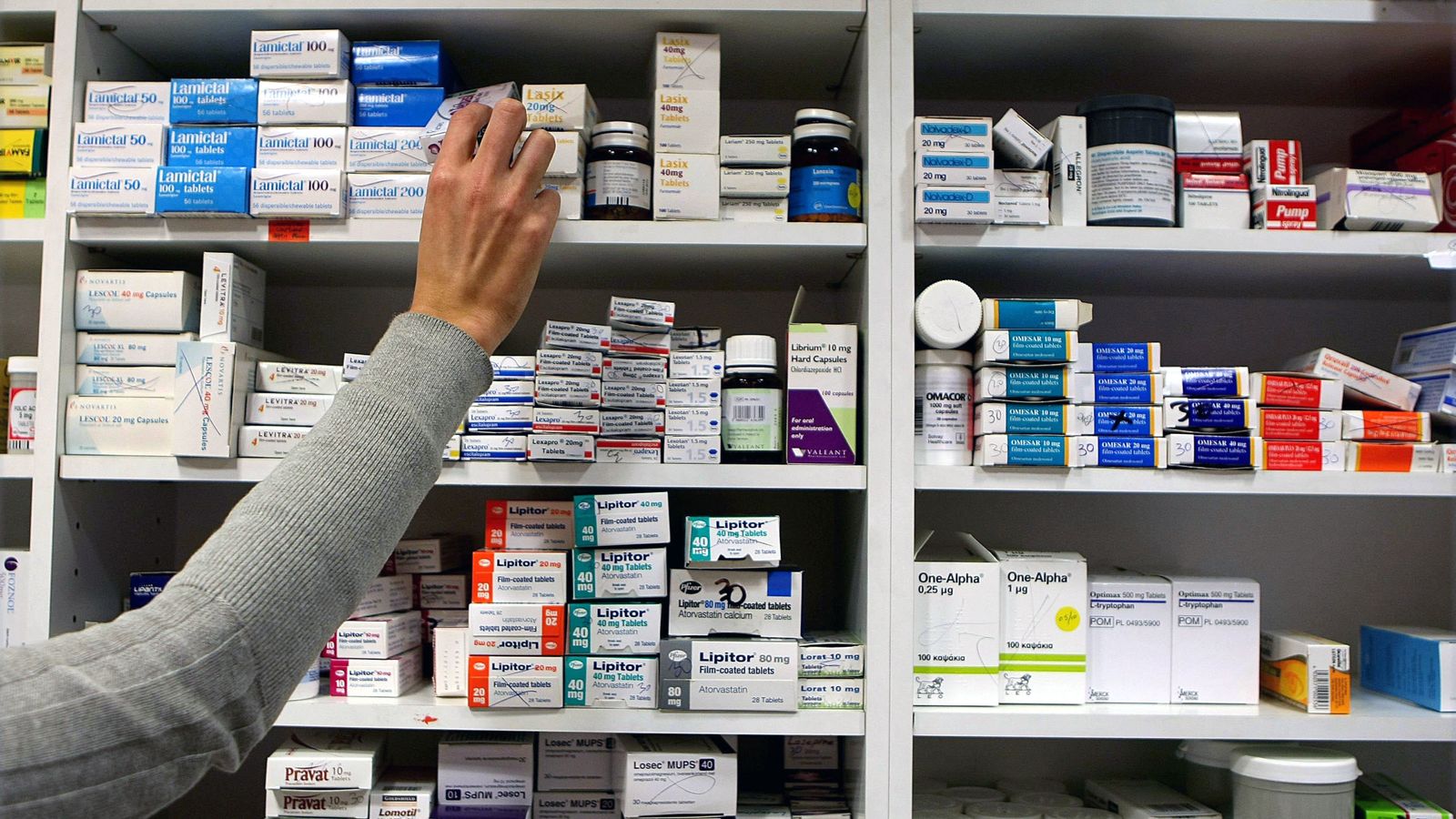The shortage of Adderall, a vital medication for treating Attention-Deficit/Hyperactivity Disorder (ADHD), has created significant challenges for patients across the United States. Despite efforts to address the shortage, patients continue to struggle to access this essential drug, leading to disruptions in their treatment and daily lives. The scarcity of both generic and brand-name Adderall has left many individuals with ADHD without the medication they rely on to manage their symptoms effectively.
Impact on Patients
The shortage of Adderall has had a profound impact on patients, with many facing difficulties in obtaining their prescriptions and experiencing disruptions in their treatment regimens. Patients, like Lisa Wetzel-Trainor, have been forced to ration their pills or explore alternative medications due to the unavailability of Adderall. The emotional toll of not being able to access a crucial medication like Adderall is evident, with individuals expressing concerns about their ability to function effectively without it.
Root Causes of the Shortage
Several factors have contributed to the ongoing shortage of Adderall in the US. Production issues at Teva Pharmaceuticals, a key manufacturer of Adderall, coupled with challenges in the drug supply chain, have led to a situation where demand exceeds supply. The Drug Enforcement Administration’s quotas on controlled substances like Adderall have further complicated the availability of the medication, creating obstacles for manufacturers to meet the growing demand.
Coping Strategies
In response to the shortage, pharmacists have recommended various strategies for patients struggling to find Adderall. Suggestions include exploring generic forms of the medication, switching to alternative drugs like Vyvanse, or considering different strengths or formulations of existing medications. Patients are advised to consult with their healthcare providers to explore suitable alternatives and navigate the transition from one medication to another effectively.
Also Read :Enhancing Focus: The Rise of Adderall in Modern Productivity Culture
Looking Ahead
As patients and healthcare providers navigate the challenges posed by the Adderall shortage, there is a pressing need for sustainable solutions to ensure continued access to essential medications for individuals with ADHD. Addressing the root causes of the shortage, enhancing transparency in the drug supply chain, and exploring alternative treatment options are crucial steps in mitigating the impact of the shortage on patients’ well-being and quality of life.In conclusion, the decline of Adderall prescriptions amid ongoing shortages in the US underscores the urgent need for proactive measures to address the challenges faced by individuals with ADHD. By fostering collaboration between stakeholders, implementing effective supply chain management practices, and prioritizing patient access to essential medications, the healthcare system can work towards ensuring continuity of care and support for those affected by the Adderall shortage.
Reasons behind the decline of Adderall prescriptions
The decline in Adderall prescriptions can be attributed to several key factors:
- Shortages in the Drug Supply Chain: The ongoing shortage of Adderall has been exacerbated by challenges in the drug supply chain, with manufacturers struggling to keep up with the increasing demand for the medication.
- Regulatory Changes: The Drug Enforcement Administration (DEA) has proposed rules requiring in-person evaluations before prescribing certain medications, including Adderall, to address concerns about potential abuse. This regulatory change could impact the accessibility of Adderall prescriptions.
- Telehealth Prescriptions: The surge in telehealth services during the pandemic has led to a significant increase in Adderall prescriptions. However, issues related to telehealth prescribing and supply chain disruptions have contributed to the shortage of Adderall.
- Manufacturing Challenges: Manufacturing disruptions at major suppliers like Teva Pharmaceuticals have also played a role in the shortage of Adderall, further limiting the availability of the medication.
- Historical Data Mismatch: The DEA’s use of historical data to set quotas for active ingredients in ADHD medications has led to a mismatch between demand and supply. The sharp rise in ADHD diagnoses during the pandemic has outpaced the DEA’s quota calculations, impacting the availability of medications like Adderall.
These factors, combined with increased demand, regulatory changes, and supply chain disruptions, have contributed to the decline in Adderall prescriptions and the challenges faced by patients in accessing this essential medication.
Current status of the Adderall shortage
The current status of the Adderall shortage in the United States remains ongoing, with no clear end in sight. The shortage, which has persisted for over a year and a half, has not only affected Adderall but has also led to a widespread scarcity of other stimulant medications used to treat attention-deficit/hyperactivity disorder (ADHD). Various factors, including rising demand, manufacturing problems, labor issues, supply chain failures, and increased prescriptions during the pandemic, have contributed to the crisis.
Patients, clinicians, and advocates continue to face challenges in accessing ADHD medications due to geographic limitations, insurance formularies, and pharmacy supply chain issues. Despite efforts by manufacturers and government agencies to address the shortage, the complex interplay of factors involved has made resolving the Adderall shortage a significant ongoing challenge for individuals with ADHD in the US.





